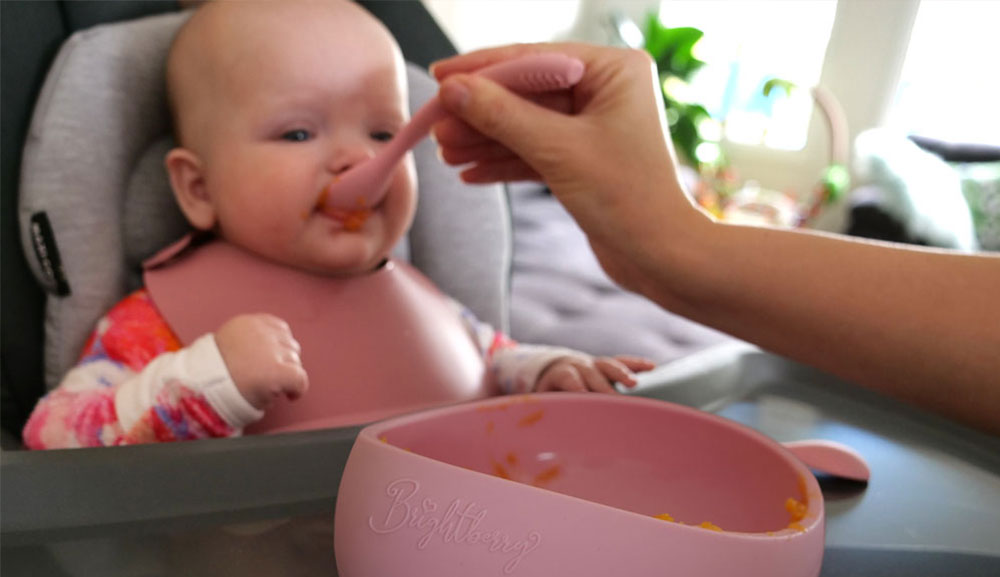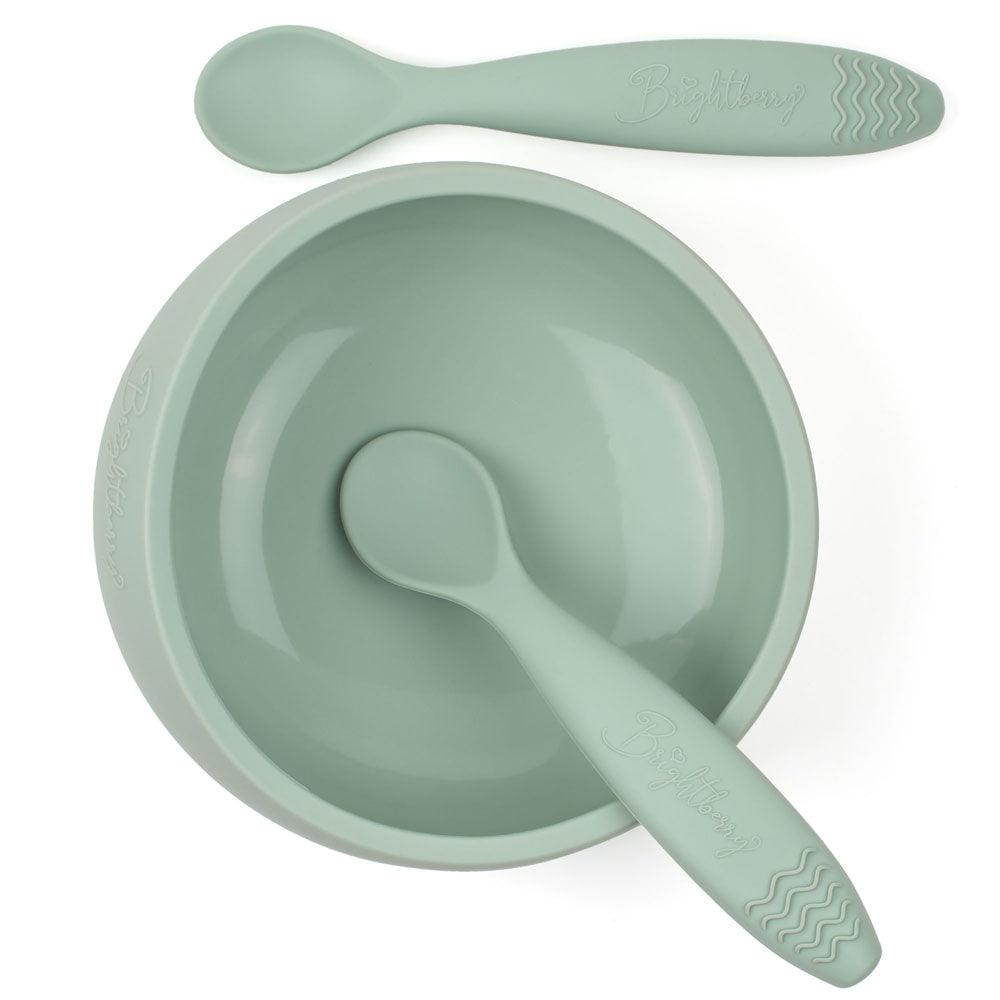Best Cup Considerations For Children With Disabilities

All children will use different drinking cups throughout their development as you wean them from bottle feeding. If your child has limited mobility in their hands or neck or other disabilities, finding suitable cup adaptations is vital in helping them drink independently with as little difficulty as possible. Physical features, sensory aspects, and drinking aid variations must all be considered when finding the cup that suits your child's needs.
Physical Cup Attributes
The size and shape of the cup are crucial to keeping in mind for children with limited hand mobility. Smaller cups designed for young children are great for getting their hands around them easily. Cups with wide bases may be more stable for children with tremors.
A cup's weight can significantly influence the viability of use for a child with limited strength for holding. Consider choices with lightweight designs like this silicone smoothie cup. It's an easy-to-use and durable option if the cup is dropped.
Ease of cleaning. Some cups may have more complex designs that are difficult to clean thoroughly, which can lead to bacteria growth. Look for cups that are easy to clean and can be disassembled for thorough cleaning.
If your child has trouble opening their jaw or difficulties with their tongue, a cup with a straw may be more suitable for their needs. They don't need to open their mouth very wide to accept a straw, and choosing a cup with a short straw without a valve does not require much suction to drink from.
Sensory Considerations
Colour
Many children with cognitive or behavioural disabilities often have specific sensory preferences. These can influence how they learn to move through the world. For example, they may be more visually responsive to distinct colours and patterns. Using a brightly-coloured cup may increase your child's interest in drinking more water compared to a plain water bottle. In case your child is not fond of vibrant colours, you can try using cups with neutral shades like slate or sand to motivate them to drink from the smoothie cup.
Material
Some children may have sensitivities to specific materials, such as plastic or metal or textures and avoid drinking from bottles or cups that aren't made from the "correct" material. Cups made of silky surfaced silicone could be more suitable, and a silicone smoothie cup could become their favourite drink option.
Sounds
Specific sounds, like a drink being poured, someone gulping loudly, or the cup being dropped on the floor, may make some children uncomfortable. Cups made from silicone can help muffle that sound so they can comfortably drink without hearing noises they find unpleasant.
Temperature
Children with sensory processing issues may have difficulty with hot or cold temperatures. Silicone is a natural insulator that can help maintain their drink's temperature and still feel pleasant to touch, whether it's hot or cold.
Cup Aids
Cups with a sippy spout are popular options for children with difficulty drinking through straws. However, it's important to note that sippy spouts can increase children's articulation and speech difficulties.
All children are capable of making great messes with their drinks. Some cups, like this smoothie cup with a straw, have specially-made lids that lock in to minimise spills. The unique straw design features a fin-shaped wedge to keep it in the cup and a wavy edge to ensure easy sipping. These are especially great for children with limited jaw or tongue movement or a reduced sucking ability.
Overall, when selecting a cup for a child with disabilities, it's important to consider their individual needs and preferences to find the cup that will work best for them. What matters most is they can comfortably drink while sharing life's beautiful moments with you.












